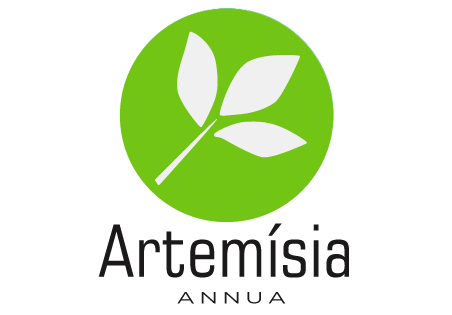MÉDECINE TRADITIONNELLE CORÉENNE

La médecine traditionnelle Coréenne au service de la médecine moderne.
L'Artemisia annua, en coréen : 개똥쑥 (gaeddong-ssuk), est utilisée depuis trois siècles contre la fièvre et l'inflammation, en témoigne le Donguibogam: Principles and Practice of Eastern Medicine, un texte compilé en Corée en 1613.

Il y a une augmentation de la réévaluation des plantes médicinales traditionnelles dans le monde entier, avec des recherches approfondies sur diverses espèces de plantes et leurs propriétés thérapeutiques. Les remèdes traditionnels à base de plantes médicinales ont été mis en évidence comme des médecines alternatives moins susceptibles de provoquer des effets secondaires indésirables, contrairement aux substances chimiques générées synthétiquement. L'Artemisia annua L. (Asteraceae) est une plante annuelle originaire d'Asie et est utilisée depuis de nombreux siècles en médecine traditionnelle asiatique pour le traitement et la prévention de la fièvre et des frissons. Une variété de composés ont été extraits d'Artemisia annua L. tels que les sesquiterpénoïdes, les flavonoïdes, les coumarines, les lipides, les composés phénoliques, les purines, les stéroïdes, les triterpénoïdes, les aliphatiques et l'artémisinine.
Le composant principal d'Artemisia annua L., l'artémisinine, a la formule C15H22O15 et contient un pont peroxyde. L'artémisinine a été largement utilisée pour le traitement du paludisme au cours des deux dernières décennies. De plus, l'artémisinine est connue pour avoir une activité antibactérienne, antifongique, antileishmania, antioxydante, antitumorale et anti-inflammatoire.

Dans cette étude, la plante médicinale coréenne Artemisia annua L. a été évaluée pour ses activités anti-inflammatoire, antioxydante et antimicrobienne. Les composés phénoliques ont des capacités de piégeage des antioxydants en raison de leurs groupes hydroxyle tels que mesurés à l'aide de la méthode de Folin-Denis, et sont considérés comme des constituants importants de l'Artemisia annua L. L'étude actuelle montre que les préparations extraites d'eau avaient une concentration d'ACS plus élevée que celle observée. avec les extraits de méthanol, d'éthanol et d'acétone. Cependant, la concentration d'artémisinine était la plus élevée dans l'extrait d'acétone.
Des études antérieures ont montré que les extraits d'Artemisia annua L. ont une activité antimicrobienne contre divers agents pathogènes, notamment Bacillus subtilis, Candida krusei, Enterococcus hirae, Enterococcus faecalis, Escherichia coli, Haemophilus influenzae, Pseudomonas aeruginosa, Saccharomyces cerevisiae et Staphylococcus aureus. Cependant, l'activité antimicrobienne de cette plante n'a pas été évaluée contre les bactéries qui causent la maladie parodontopathique. Dans cette étude, il a été démontré que les préparations d'ACS ont des effets antimicrobiens sur la croissance d'A. actinomycetemcomitans, F. nucleatum subsp. animalis, F. nucleatum subsp. polymorphum et P. intermedia, qui provoquent tous des maladies parodontales. Selon des études antérieures, les extraits de produits naturels contenant des polyphénols ont des effets antimicrobiens contre A. actinomycetemcomitans. Cette étude est cohérente avec une étude précédente qui a rapporté que les extraits aqueux d'ACS avaient une activité antimicrobienne contre A. actinomycetemcomitans. Les préparations ACS de méthanol, d'éthanol et d'acétone avaient une activité antibactérienne contre F. nucleatum subsp. animalis, F. nucleatum subsp. polymorphum et P. intermedia. Il s'agit du premier rapport démontrant l'activité antimicrobienne de l'artémisinine contre les micro-organismes parodontopathiques.
Sources:
https://www.koreascience.or.kr/article/JAKO201319850774442.page















































